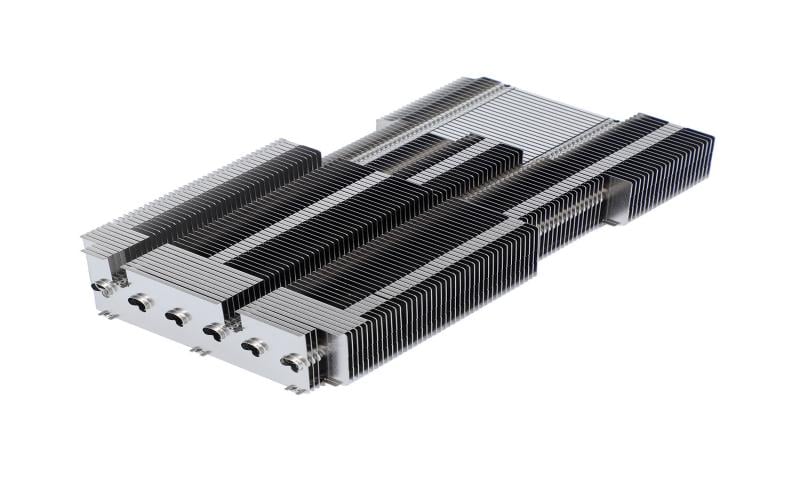Introduction
Heat sinks are essential components used in electronic devices to dissipate heat and ensure optimal performance and reliability. While off-the-shelf heat sinks are readily available, sometimes you may need a custom solution to meet specific requirements. This article will guide you through the process of customizing heat sinks to maximize heat dissipation and ensure the longevity of your electronic devices.
Understanding the Basics of Heat Sinks
Before diving into the customization process, it is crucial to understand the fundamentals of heat sinks. A heat sink is a passive cooling device that removes excess heat generated by electronic components. It works by transferring the heat from the source to the surrounding environment through conduction, convection, and radiation. Heat sinks are typically made of materials with high thermal conductivity, such as aluminum or copper.
Analyzing Heat Sink Requirements
Customizing a heat sink starts with analyzing the specific requirements of your application. Factors like power dissipation, available space, ambient temperature, and airflow must be considered. Determine the maximum allowable temperature for your electronic components and calculate the required thermal resistance and heat dissipation capacity of the heat sink accordingly.
Designing a Custom Heat Sink
Once the requirements are known, the next step is designing the custom heat sink. This involves selecting the appropriate size, shape, and fin design to optimize heat transfer. Consider factors like surface area, fin density, fin thickness, and base thickness. Use heat sink design software or consult with an expert to ensure the most efficient design for your specific application.
Choosing the Right Material
The material selection plays a crucial role in the performance of a heat sink. Aluminum and copper are commonly used due to their high thermal conductivity. Aluminum is lightweight, cost-effective, and suitable for low to medium power applications. Copper, on the other hand, offers superior thermal conductivity and is ideal for high power and high-temperature applications. Other materials like graphite and composite materials can also be considered for specific requirements.
Manufacturing Process
Once the design is finalized, the next step is manufacturing the custom heat sink. Various manufacturing processes can be used, including extrusion, forging, casting, and CNC machining. Extrusion is the most common method, offering cost-effectiveness, flexibility in design, and quick turnaround time. Forging and casting are suitable for complex designs and high-volume production, while CNC machining provides precise and intricate heat sink designs.
Finishing and Surface Treatment
After the heat sink is manufactured, it may require surface treatment to enhance its performance and durability. Anodizing, painting, or powder coating can be applied to protect the heat sink from corrosion, improve thermal conductivity, and enhance its aesthetic appearance. The choice of surface treatment depends on the specific application and environmental conditions.
Testing and Validation
Before integrating the custom heat sink into your electronic device, it is crucial to test and validate its performance. Conduct thermal testing to ensure that the heat sink meets the desired thermal resistance and heat dissipation requirements. Thermal imaging, temperature sensors, and heat flux sensors are commonly used for testing. Make necessary adjustments if the heat sink does not meet the desired specifications.
Installation and Maintenance
Proper installation and maintenance are essential for the effective functioning of custom heat sinks. Ensure that the heat sink is properly mounted on the electronic component using thermal interface materials like thermal paste or pads. Regularly clean the heat sink to remove dust and debris that can hinder heat dissipation. Monitor the temperature of the electronic device to detect any potential issues with the heat sink.
Conclusion
Custom heat sinks play a vital role in ensuring the optimal performance and reliability of electronic devices. By understanding the basics of heat sinks, analyzing requirements, designing an efficient heat sink, and following the appropriate manufacturing and testing processes, you can create a customized heat sink that meets your specific needs. Remember to consider factors like material selection, finishing, installation, and maintenance to maximize the heat dissipation capacity and prolong the lifespan of your electronic components.

